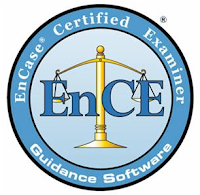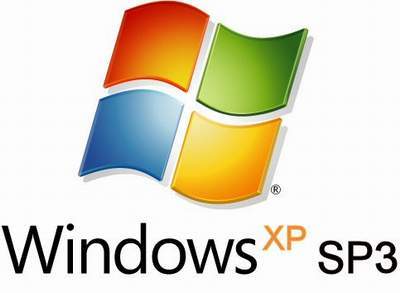 Cyber Bulling has been a big problem and is becoming an expectable way kids use to express their feelings towards others. As a parent, it is important to understand and be able to determine the signs and effects of cyber bulling on our kids. Below are some key information about the topic:
Cyber Bulling has been a big problem and is becoming an expectable way kids use to express their feelings towards others. As a parent, it is important to understand and be able to determine the signs and effects of cyber bulling on our kids. Below are some key information about the topic:
The statistics according to iSafe.org are pretty alarming:
- 42% of kids have been bullied while online. 1 in 4 have had it happen more than once.
- 35% of kids have been threatened online. Nearly 1 in 5 have had it happen more than once.
- 21% of kids have received mean or threatening e-mail or other messages.
- 58% of kids admit someone has said mean or hurtful things to them online. More than 4 out of 10 say it has happened more than once.
- 53% of kids admit having said something mean or hurtful to another person online. More than 1 in 3 have done it more than once.
- 58% have not told their parents or an adult about something mean or hurtful that happened to them online.
Parents that are completely out of the loop with their child’s technology usage can find it hard to detect when something of this nature may be occurring, but generally speaking, changes to the child’s behavior will accompany the attacks.
Not any of these signs on their own is an indicator, but combined they could warrant a discussion with your child:
- Unusually long hours on the computer
- Clearing the screen when you enter room
- Secretive Internet activity (won’t say who their chatting with)
- Getting behind in school work
- Lack of appetite, headaches or Stomachaches
- Trouble Sleeping
- Fear of leaving the house, especially to go to school
- Appears upset after Internet use.

- Hesitation to get online
- Cries for no apparent reason
- A marked change in attitude, dress or habits
Our schools and lawmakers are still trying to catch up with this new form of abuse, so how to report such activity will vary greatly based on your community.
There are many Web sites that can help if you think your child is a victim of cyber bullying, including stopcyberbullying.org, cyberbully411.com, ncpc.org/cyberbullying and iSafe.org.
It’s also vital to discuss with your “screenager” the importance of not participating in any online discussion that serves to demean or belittle others. What may seem like a harmless action only serves to amplify the problem for the victim and encourages the instigator to continue.
From a technology standpoint, if you feel the need you can install a program that will track all of the activity that occurs on your child’s computer, including what others are sending them via instant messaging.
Check out the various tracking software available from sites such as spectorsoft.com and spytech-web.com as the activity logs that they generate can come in handy if you need to report the problem to a school or law enforcement.







 The open-source PHP Group has released a high-priority update to fix multiple security vulnerabilities.
The open-source PHP Group has released a high-priority update to fix multiple security vulnerabilities.









